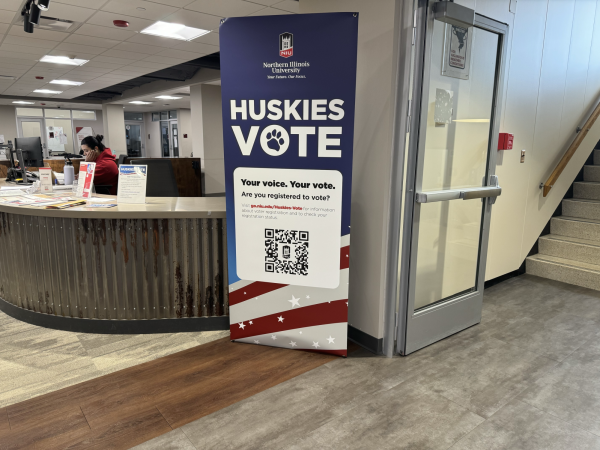Anonymous sources: Is confidentiality right?
June 28, 2005
When W. Mark Felt revealed himself as “Deep Throat,” the famous anonymous source that helped Washington Post reporters Bob Woodward and Carl Bernstein crack the Watergate scandal, the use of confidential sources again shot into the limelight.
News organizations, such as Newsweek and CBS, have come under fire in recent months for the use of anonymous sources. Area news sources have differing policies regarding their use.
The Rockford Register Star has had a strict policy on anonymous sources for at least 15 years, said Executive Editor Linda Grist Cunningham. The policy predates a 1999 statement of principles from Gannett, the Register Star’s owner, which discussed the use of anonymous sources.
“We do not use anonymous sources unless there is no other way around it,” Cunningham said. “What usually happens is we will be tipped to a story by an anonymous source. We will then confirm it through another source.”
Newspapers in DeKalb County have their own policies about using anonymous sources.
The Midweek, a weekly publication which is delivered to around 30,000 homes, views the use of such sources on an individual basis.
“We do our best not to use them,” said managing editor Josh Albrecht. “When the situation does arise that we do need to use them we always check to make sure it’s a legitimate person.”
In the past The Midweek has used anonymous sources to protect the identity of certain people.
When the subject matter is touchy, such as an interview with a rape victim or with someone with low income the paper has used anonymous sources, Albrecht said.
The Northern Star has its own policy on confidential sources awaiting adoption by its management board.
The policy states, “The use of confidential sources in the Northern Star should be extremely rare, credible information, known to reporters and editors and explained to readers.”
Some of the factors that help the Star in deciding whether or not to use anonymous sources include concern for the public or physical safety of a source or when information is absolutely vital to the public interest and cannot be obtained on the record.
The Star has used anonymous sources in the past. The reasons included protecting witnesses to violent crime and protecting the identity of low-income individuals.
Many in the media and public feel the use of anonymous sources has gotten out of hand.
“The industry as a whole has a narcotic addiction to the use of unnamed sources,” Cunningham said. “We just need to pull the needle out of our arm.”
The use of confidential sources has contributed to the erosion of public trust in the media, she said.
A recent national survey from the Pew Research Center for the People and the Press revealed a stark decline in the believability of daily newspapers.
Of the 1,464 people surveyed, 54 percent said they found their local newspaper to be believable. Twenty-one years ago 84 percent said the same thing.
Public trust is key in an industry trying to bring believable information to the public.
“I think the general public mistrusts the media already,”said Brian Thornton, an associate professor of communication who teaches JOUR 480, journalism law. “The use of anonymous sources just adds fuel to their fire.”
In addition to mistrust there are legal implications to the use of confidential sources.
Reporters in Illinois can use shield laws.
“Supposedly a reporter would not be forced to reveal a source,” Thornton said.
However, in other states this may not be the case.
If a reporter fails to obey a court order to reveal a source they can be held in contempt of court, Thornton said. Each time the reporter fails to reveal the source another contempt charge can be added.
Each charge can lead to a possible 60 days in jail and is decided solely by a judge, Thornton said.













